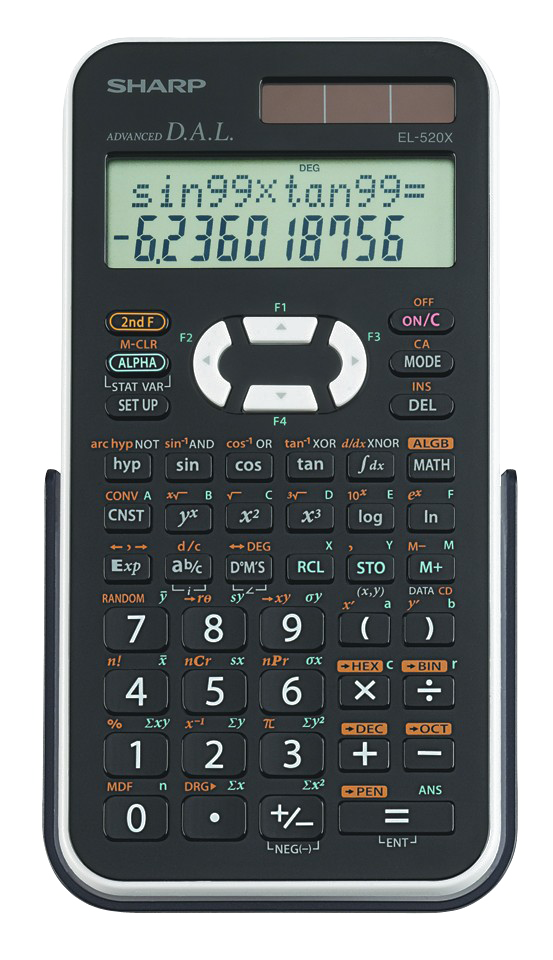Mastering the Art of Grade Calculation: Your Ultimate Guide!

Are you tired of manually calculating your grades and spending hours trying to determine your overall average? Look no further, because we have the ultimate solution for you – the grade calculator! Whether you’re a parent, teacher, principal, or student, this powerful tool will revolutionize the way you track and manage grades.
Gone are the days of sifting through piles of papers and endlessly crunching numbers. With the grade calculator, you can effortlessly input your scores and assignments, and let the magic happen. This user-friendly tool will not only provide you with accurate and up-to-date results, but it will also save you precious time and energy.
No matter the complexity of your grading system, the grade calculator can handle it all. From weighted grades to varying assignment types, this versatile tool adapts to your specific needs. Simply enter the weightage or point values for each assignment or category, and let the grade calculator do the rest. You’ll be amazed at how quickly and easily it generates your overall grade.
Say goodbye to the stress and confusion of manually calculating your grades, and say hello to the convenience and accuracy of the grade calculator. Whether you’re a teacher looking to streamline your grading process or a student aiming for academic success, this indispensable tool is your ultimate companion. So why wait? Start mastering the art of grade calculation today and unlock a world of efficiency and clarity.
Understanding the Basics of Grade Calculation
In grade calculation, it is essential to have a clear understanding of how grades are determined. This knowledge is crucial for both students and educators, as it allows for a fair evaluation of academic performance. Grades serve as a reflection of a student’s efforts and achievements in a particular subject or course.
The process of calculating grades involves the interpretation of various assessment results. These assessments can include tests, quizzes, assignments, projects, and class participation. Each assessment carries a certain weight or value, which contributes to the final grade.
To begin the grade calculation process, it is necessary to assign numerical values to different levels of performance. Typically, these levels range from A to F, with each letter grade corresponding to a specific number grade. For example, an A might represent a numerical value of 90-100, while a B could indicate a range of 80-89.
Once these numerical values are established, the next step involves determining the weighting of each assessment. Some assessments may carry more weight than others, depending on their significance. For instance, a final exam might be worth 40% of the overall grade, while quizzes collectively account for 20%.
The final step in grade calculation is to calculate the average score across all assessments. By summing the individual scores and dividing by the total number of assessments, an overall average is obtained. This average, often expressed as a percentage, represents the final grade earned by the student.
Understanding the basics of grade calculation enables educators to provide meaningful feedback to students and identify areas for improvement. Similarly, students can track their progress and work towards achieving their academic goals. With a comprehensive grasp of grade calculation, both teachers and learners can navigate the educational journey more effectively.
Tips for Effective Grade Calculation
-
Clearly Define Your Grading Criteria:
To ensure accurate and fair grade calculations, it is crucial to establish clear grading criteria from the beginning. Take the time to define each assignment, test, project, or participation factor that will contribute to the final grade. This clarity will not only help you stay organized but also provide students with a transparent understanding of how their grades are determined. -
Regularly Update Grades:
To keep both students and parents informed about their progress, it is essential to update grades regularly. Make it a habit to enter grades promptly after each assignment or assessment. By providing timely feedback, students can track their development and identify areas that need improvement. Regular updates also allow parents and teachers to collaborate more effectively in supporting the student’s academic journey. -
Utilize Technology:
Leveraging technology can significantly simplify grade calculation and record-keeping. Explore various grade calculation tools, platforms, or software that can automate the process and streamline your workflow. These tools often provide features like weighted grading, automatic grade calculations, and printable grade reports, making it easier for you to manage and share students’ grades accurately and efficiently.
Remember, effective grade calculation involves clear criteria, regular updates, and the use of technology to enhance accuracy and efficiency in the process. By implementing these tips, teachers can provide students with a comprehensive understanding of their academic progress and foster better communication and collaboration among all stakeholders involved.
Utilizing Technology for Streamlined Grade Calculation
In the digital age, technology has revolutionized various aspects of education, including the process of grade calculation. With the advent of grade calculator tools and applications, educators and students alike can now seamlessly streamline and simplify the often complex task of calculating grades.
One notable tool that has gained popularity is the grade calculator website. These online platforms allow users to input their assignment scores and the corresponding weights or percentages. The website then automatically calculates the overall grade based on the inputted data, eliminating the need for manual calculations. This not only saves time but also minimizes the chances of errors that may occur during manual computations.
Another technology-driven solution is the grade calculator app, which can be easily downloaded and installed on smartphones or tablets. These user-friendly apps provide features such as customizable grading scales and the ability to save and track progress over time. By leveraging the power of mobile technology, educators and students can access grade calculation resources conveniently and efficiently.
Moreover, some learning management systems integrate grade calculation functionalities directly into their platforms. With these integrated tools, teachers can effortlessly calculate and manage grades within the same system they use for instructional purposes. This seamless integration not only streamlines the process for educators but also provides students and parents with real-time access to grade updates and progress reports.
By embracing technology and utilizing grade calculator tools, educators, parents, and students can enhance their overall experience with grade calculation. These innovative solutions not only simplify the process but also promote accuracy and transparency, enabling stakeholders in the education community to focus more on learning and growth rather than administrative tasks.


